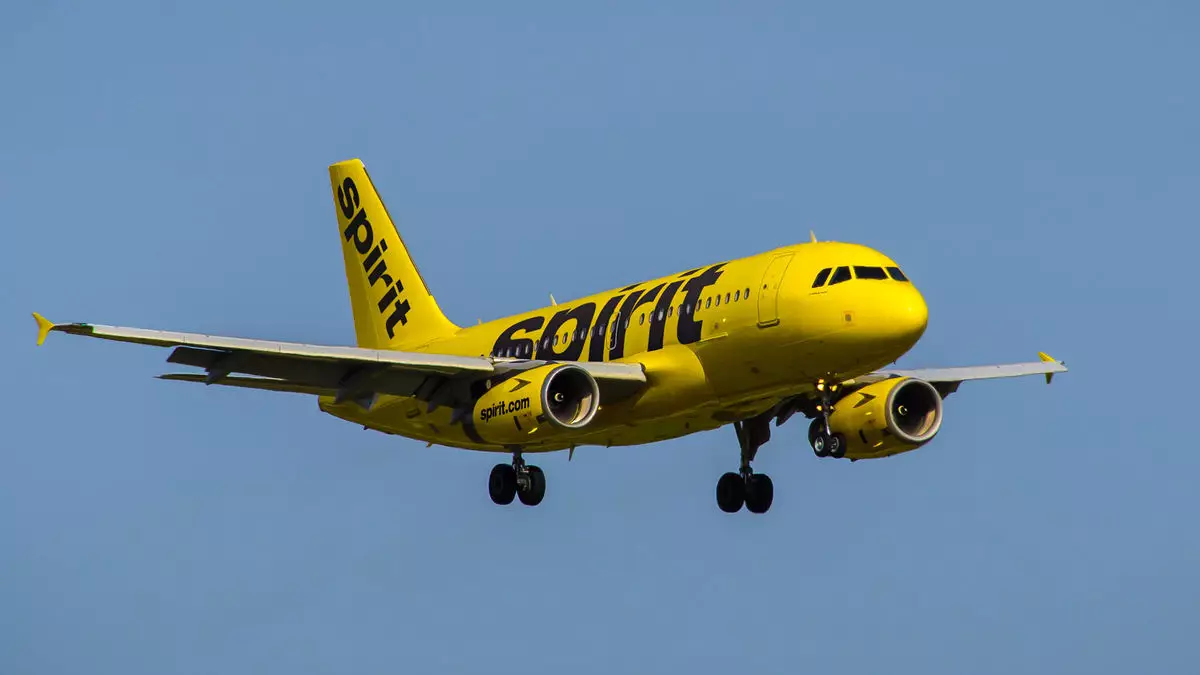On Friday, shares of Spirit Airlines experienced a steep decline following revelations from the Wall Street Journal indicating that the airline is in talks with bondholders concerning a potential Chapter 11 bankruptcy filing. The report, attributed to unnamed sources close to the situation, highlights the precarious financial state of the airline. While Spirit has opted not to comment extensively, CEO Ted Christie previously mentioned the ongoing discussions with bondholder advisors during the company’s earnings call on August 1st, assuring stakeholders that they are striving to manage impending debt maturities.
Imminent Debt Pressures
A critical deadline looms for Spirit Airlines, particularly on October 21, when the airline needs to refinance a substantial $1.1 billion in debt tied to its loyalty program. This requirement is part of a greater context; Spirit’s long-term debt surpassed $3.1 billion by the conclusion of the second quarter of 2023. Despite the serious nature of these discussions, the Wall Street Journal indicates that a Chapter 11 filing may not be on the immediate horizon, with Spirit reportedly exploring out-of-court restructuring solutions.
The airline industry, particularly budget carriers like Spirit, has been drastically impacted since the onset of the COVID-19 pandemic. Consumer preferences have shifted more dramatically towards premium flying experiences, leaving discount airlines grappling to regain their footing. Spirit Airlines recorded a staggering operating loss of $360 million during the first half of 2023, bringing its total losses for the year to $496 million. This troubling financial performance illustrates the broader trends affecting low-cost carriers in a post-pandemic environment.
Failed Merger and Strategic Cuts
Adding to its struggles, Spirit’s efforts to bolster its financial health through a merger with JetBlue were thwarted by legal challenges from the U.S. Department of Justice earlier this year. The rejection of this merger not only prevented Spirit from gaining a stronger competitive edge but also emphasized the challenges facing budget airlines in a consolidation-hungry market. In a cautious response to ongoing financial challenges, Spirit has begun trimming its operational footprint significantly, recently announcing cuts to 50 to 60 routes set for November and December, according to an analysis by Deutsche Bank.
As Spirit Airlines navigates this tumultuous period, stakeholders—ranging from employees to investors—are left wondering about the future. The discussions with bondholders and other creditor parties signal the airline’s attempt to find a way forward, despite the growing pressure from debt obligations. While bankruptcy may not be an immediate certainty, the carrier’s financial vulnerability is apparent as it grapples with the challenges of an evolving market and mounting debts. Spirit’s forthcoming strategies, whether through restructuring or operational adjustments, will ultimately determine its ability to survive in an increasingly competitive aviation landscape.


Leave a Reply